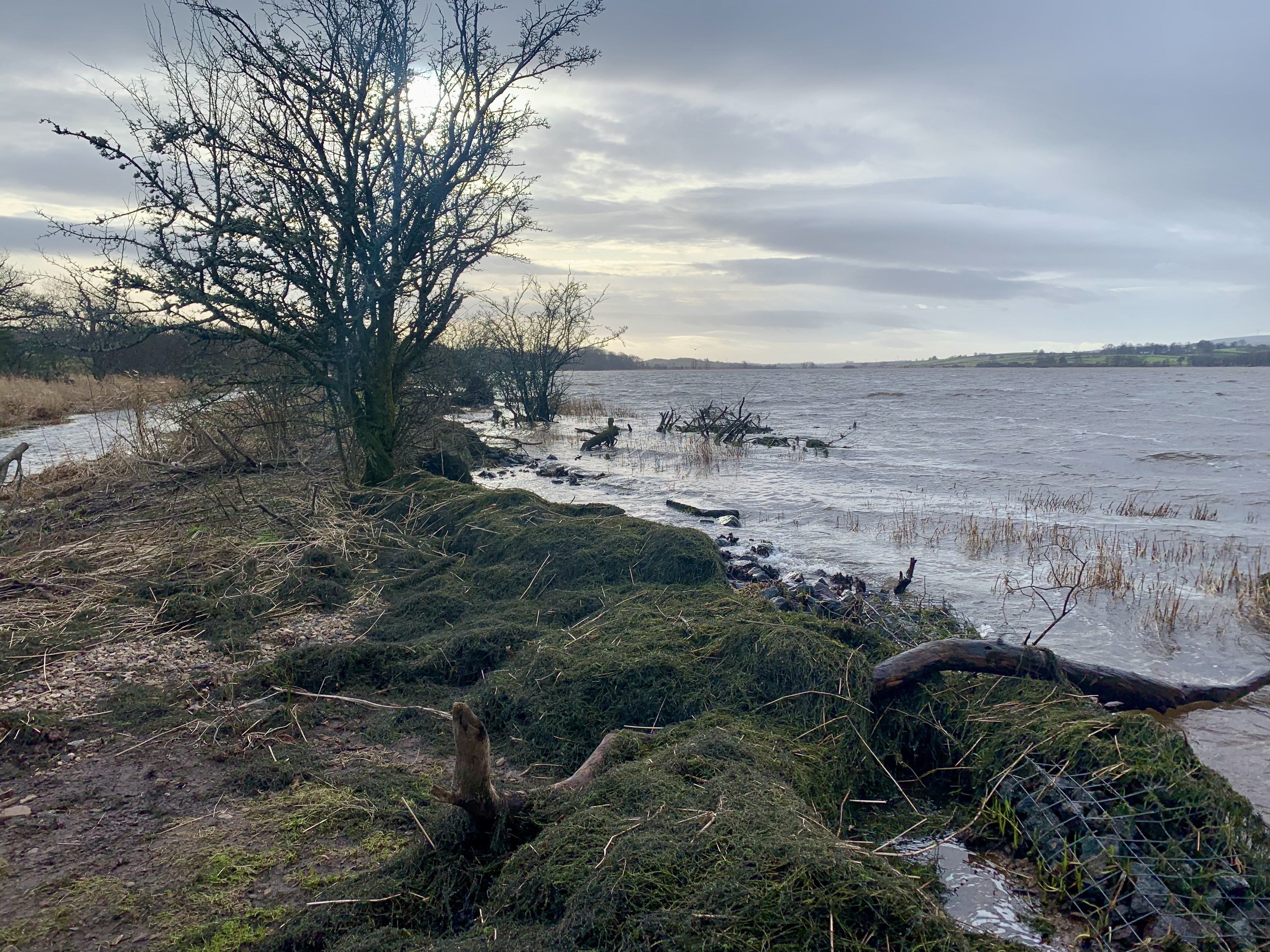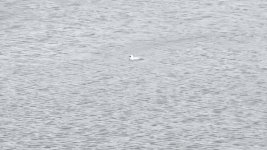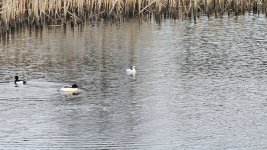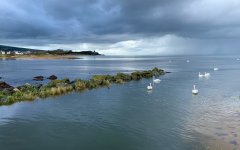david kelly
Drive-by Birder

I had a Red-throated Diver at Lochwinnoch in January 1986.We've had some minging weather this month, so I've only managed my first day out today at Lochwinnoch.
The scrapes were flooded so not a lot to be seen directly in front of the visitor centre. Also the path along Barr Loch looks like it had been completely under water during the storms this week. A lot of the waterside vegetation has been pushed, almost rolled, right up to the path, and partway along, the path has been completely blocked (see photo below). The water was sitting only a couple of centimetres below the path and I hope a few days of dry weather will see the water recede some more. Two small trees were partly blown over and blocking one of the paths at Aird Meadow.

Highlights of this visit include a single Lapwing, lots of Goldeneye, seven Whooper Swans, more than 30 Mute Swans. There were a lot of geese around, mainly Canada and Greylag, but I saw four Pink-footed Geese flying over Barr Loch. Along at the boardwalk, I felt lucky in actually seeing a Water Rail, but then a few seconds later I saw another, before it quickly skulked under some vegetation. A single Raven was around this area, and I also saw a Red-throated Diver flying over - not a bird I thought I'd ever see there, but it didn't look like it had any intention of stopping and it was one of those blink or you'll miss it moments.
Lots of Blue Tits, Coal Tits, Great Tits and Chaffinches around, as well as Robins, Blackbirds, Nuthatch and a couple of Treecreepers. I'm sure some of these smaller woodland birds will be winter visitors, but there were no obvious winter thrushes around.
Edit: just looked at my notes and it turned out the Water Rail as well as the Red-throated Diver were firsts for Lochwinnoch for me. Water Rails are reported by many people though the year and I'm sure I've heard them there before, but the only one I actually saw before was at Baron's Haugh. This brings my sightings for Lochwinnoch to 94.
David







